Top 4 Physio running tips
Whether you are an experienced marathon runner or you are training for your first 10K it is important to remember a few important things to do whilst training. Taking these small steps can help prevent injury and stop that dreaded loss of training time due to pain or dysfunction.
Tip 1
Never just run!!
Even though it is important to keep your miles up you should always fit in time for strength training. This should include resisted, balance and mobility work for your whole body, especially if you have had previous injuries. This will ensure that your muscles and tendons are strong and mobile enough to cope with the longer distances and changes in terrain. Here are a few of my favourites to consider:
- Squats - with 2 legs, adding weight for more resistance and single leg squats with or without support, to help that one leg control
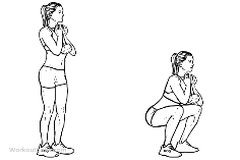
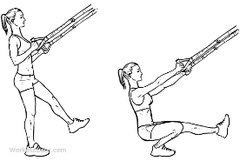
- Dead lifts
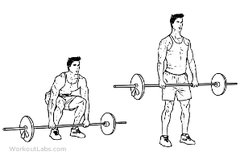
-
Step ups
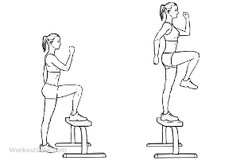
-
Calf raises - with both feet, 1 leg or off a step
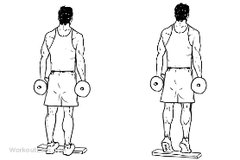
-
Lunges - walking, reverse and with trunk rotation
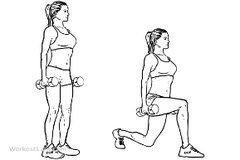
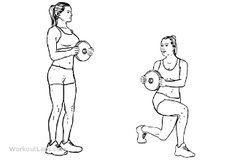
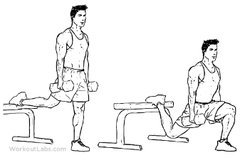
- Side planks
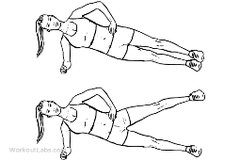
-
Mountain climbers
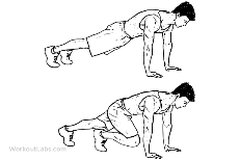
-
Bridges: weighted on one leg or on a gym ball

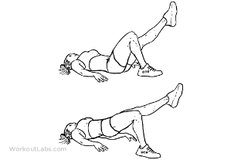
Tip 2
Warm up, cool down, stretch, foam roll and allow time for recovery!
This is always recommended even if you are doing a slower recovery run or a short distance run. Try dynamic stretches (movement stretches) to warm up and held stretches after your activity, using a foam roller to roll out any tight areas particularly those thigh and calf muscles.
Rest days are just as important as running! It is essential that you include these to allow your muscles time to recover and repair from the repetitive activity, and your body to cope with the demands of the increase in training. Consider 1-2 days a week of rest within your training and it may make those longer runs feel easier.
Don’t forget to mix your training with intervals, hills, short fast runs and longer steady distances. Always increase those distances gradually, set goals that allow more flexibility i.e. plan an 8-10 mile run rather than a 10mile run and cautiously introduce hills and intervals.
Tip 3
What’s on your feet?
Everyone is different and will prefer different trainer styles. It is best to seek advice with regards to this from a professional or visit a running store which stock a variety of brands for you to try prior to your training. Research varies with regards to the best trainer and being an over pronator does not always mean you need an overpronating trainer so trying it out is always best.
Avoid changing your trainers late in your training programme to prevent any annoying niggles, injuries or superficial skin irritations.
Tip 4
Soft tissue massage
Regular sports massage should also be considered during your training and after your race as part of your recovery, running progression and injury prevention. Our sports massage therapist Katie Stocks has listed the reasons why below:
1: It elongates those tightened muscles used (typically the calves, hamstrings & quadriceps), helping to restore joint range of movement
2: It increases the body’s circulatory system, helping to transport oxygen and nutrients to the tissues, improving its capacity to eliminate waste products such as lactic acid
3: It helps to breakdown scar tissue that may have been formed by previous injury
While training for the marathon it is important to have regular massage MOT treatments to ensure you’re in the best condition. Pre and post event massage ensures you’re ready for the big day and helps you recover smoothly post race.
Katie is available for appointments at our Belsize Village branch Tuesdays, Fridays and Saturdays.
Remember: This is meant as a guide and if you require any further advice or education on strength exercises and stretches to help with your running programme come visit us at PhysioEd Medical. Prevention is always better than cure, and trust me always seek advice and treatment from a Physiotherapist if you are experiencing any consistent pain during your training; before it stops you from doing what you love and achieving your end goal.

